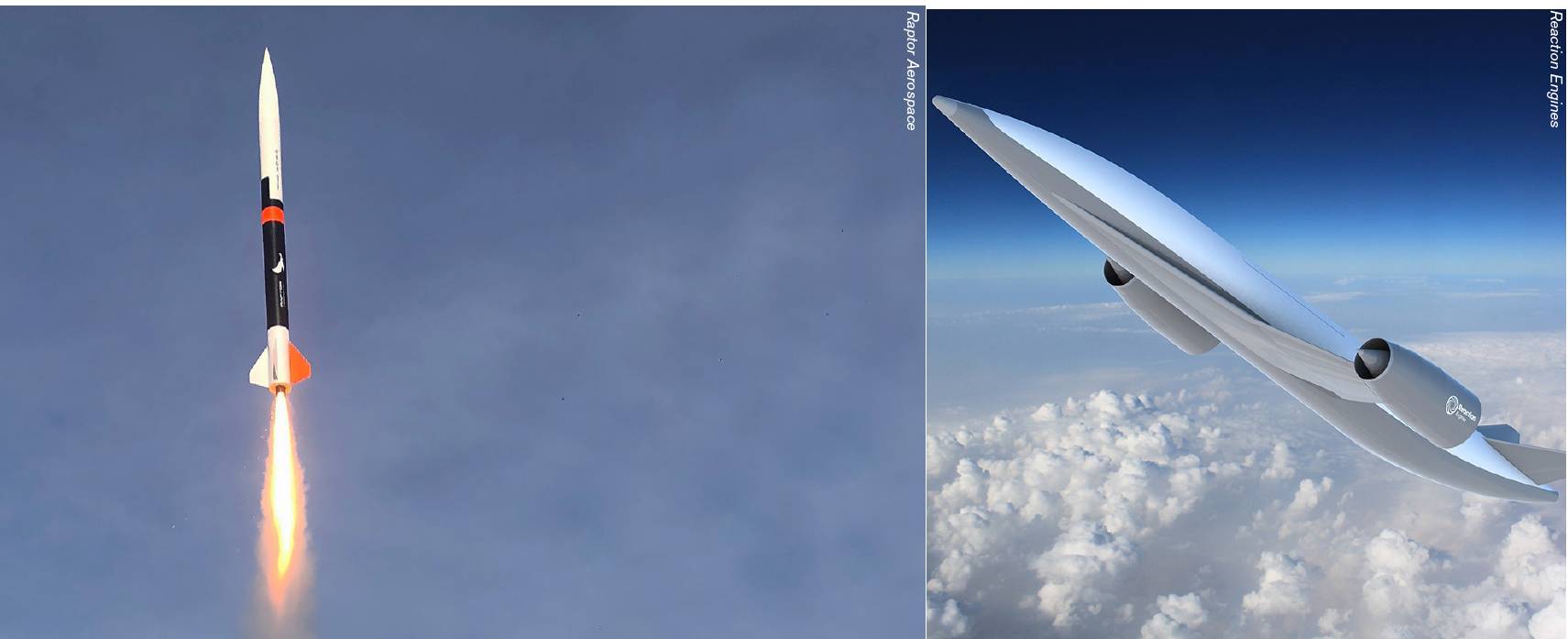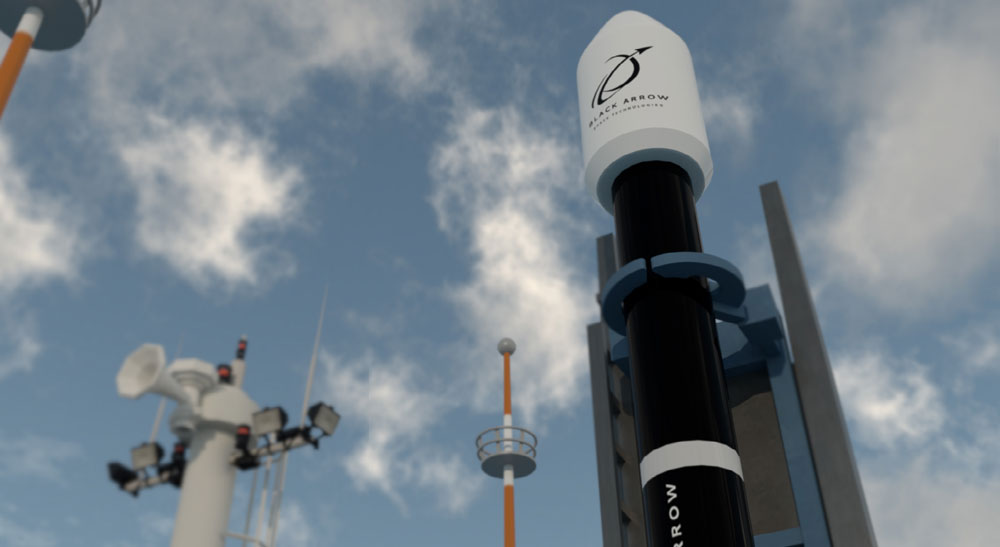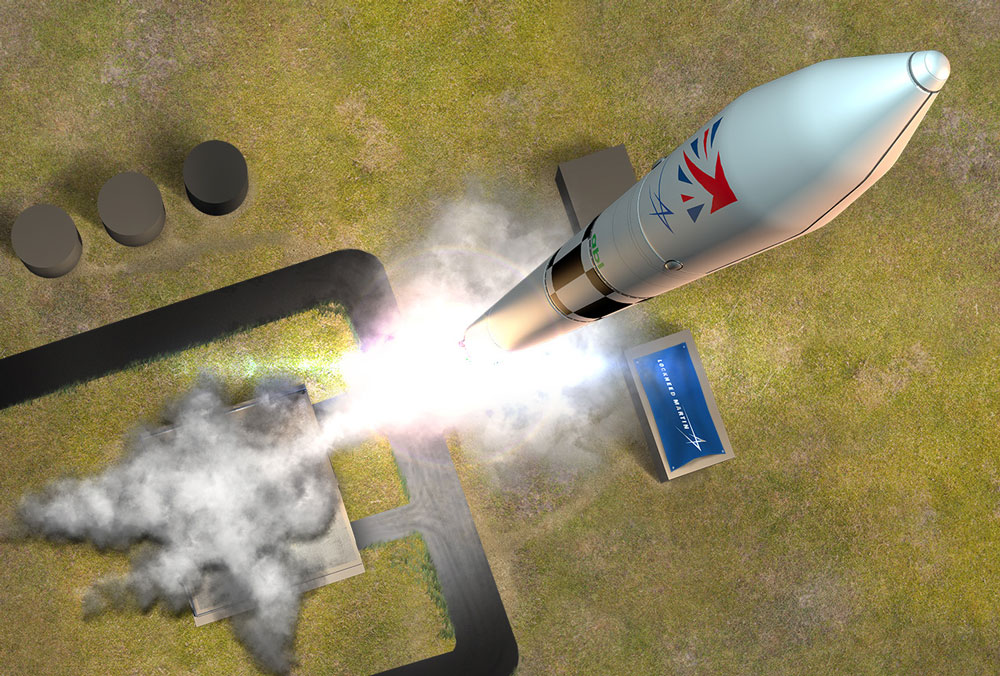SPACEFLIGHT UK rocket launcher companies
Launching Britain into space
SARAH CRUDDAS looks at the growing number of rocket companies aiming to launch from the UK from vertical spaceports by aircraft, balloon and even ships.
The way we explore space is changing, whereas once one might have associated launches with NASA and Cape Canaveral, on the aptly named Space Coast of Florida, or perhaps even with the less accessible and once secretive Baikonur in Kazakhstan – home to the launch complex for Roscosmos, the Russian Space Agency. Today, however, space exploration is no longer a tale of two superpowers and, as a result, neither is where we can access space from.
 From New Zealand, to China, South America and Alaska, the locations from where we launch to space are global and the list is growing all the time. To quote Mike Curtis-Rouse from the UK’s Satellite Catapult: “If you can think of a country, there’s a good chance that someone there is thinking about building some forms of launch vehicle.”
From New Zealand, to China, South America and Alaska, the locations from where we launch to space are global and the list is growing all the time. To quote Mike Curtis-Rouse from the UK’s Satellite Catapult: “If you can think of a country, there’s a good chance that someone there is thinking about building some forms of launch vehicle.”
Of course we are not talking about human spaceflight. For a while our Space Age dreams of regularly crewed flights and deep space missions might have not yet come to fruition, a much more subtle Space Age has been slowing creeping upon us in the decades since Sputnik became the first human object to leave Earth. Today, living in what I like to describe as our unexpected Space Age, the vantage point of Earth orbit has enabled us to use satellites to look back and have slowly transformed life on Earth – in an industry term known to many as ‘downstream applications’.
The opportunities from ‘downstream applications’ are plentiful, from security to connectivity, communications and scientific studies. Our modern world has been transformed and the demand for access to assets in space and their potential to continue to disrupt and transform life on Earth is continually growing. Currently, there is a bottleneck of payloads and satellites needed to get to space and the demand for more is continually growing.
So it makes sense that, with this ever-increasing demand, there are more countries looking to have launch facilities for satellites. Among them is the UK – a nation which many others might not initially associate with the space industry but which has steadily and, in a very typically British way of shunning fanfare, developed as a leader in the manufacture of small satellites and currently builds a high proportion of the world’s small satellites. The potential to soon be able to launch those satellites from the UK presents an attractive option for future customers – with the UK able to offer manufacturing, launch and operations – essentially the complete package. The hope is that this will encourage new customers and help the UK claim a slice in the launch market, set to be worth £25bn globally over the next two decades.
There are also numerous other benefits, from jobs creation to increased defence capabilities without reliance on other governments, as well as the chance to become a leader in this new emerging market. However, it is the ability to be able to provide the full product life cycle of a small satellite which really helps the UK stand out.
Of course there are challenges to this, among them the development of legislation and the investment needed to create launch vehicles and facilities. However, if these challenges can be overcome, the space industry in the UK presents a field with strong potential for growth in a post-Brexit Britain, given the incubation and innovation activities that have been occurring over the last decade. Britain could take a key share of the market and a pivotal role in a new era for the space industry.
Today, several organisations have turned their eyes to ‘launch’ in the UK, with locations ranging from Scotland to Wales and Cornwall. According to Curtis-Rouse: “There are 16 or so companies in the UK today building launch vehicles, which is a great opportunity. Tie that in with the activity around spaceports and tie that activity around supply chain manufacturing and development and this is a really good win for the UK.”
The current hopeful offerings in the UK include both vertical launches, using a rocket launched from the ground, and horizontal – where a rocket is launched vertically from an aircraft. Each method of launches has different advantages, vertical for example has a much greater launch capacity than horizontal which can only take small satellites, whereas horizontal launches have advantage over more traditional vertical launches on cost because you are able to launch from higher in the atmosphere, therefore needing less fuel.
Even though we might not see a British astronaut head to space from home soil any time soon, the launch industry in the UK is – excuse the pun – about to take off!
So who are these key players who are set to launch from the UK? And where are they planning to launch from? Here’s a brief overview of some.
 Computer-generated images of proposed UK rockets including (from left to right): the Red Dragon One test vehicle from Dragon Aerospace and the Skyrora XL rocket.
Computer-generated images of proposed UK rockets including (from left to right): the Red Dragon One test vehicle from Dragon Aerospace and the Skyrora XL rocket.
With its headquarters based in Edinburgh, as well as centres in Ukraine and Europe. Skyrora’s goal is to clear the way for small satellite manufacturers looking to access space. Founded in 2017, it recently were awarded funding from ESA Boost – the European Space Agency’s commercial space transportation Services and support to Member States Program – worth €3m. The goal is to work towards the ‘launch gap’ and provide access to space for micro to small satellite manufacturers and the company specialises in the manufacture of launch vehicles. In 2018 it successful conducted Scotland’s first commercial rocket launch by a private company at the Kildermorie Estate in Rossshire.
 Artists’ impression of rockets produced by Orbex. Orbex
Artists’ impression of rockets produced by Orbex. Orbex
Like Skyroa, Orbex was also recently awarded funding from ESA Boost – a sum of €7.45m. The company has a focus on the small launch market – with plans to launch small, micro and nano satellites and is currently developing a light launch vehicle called Prime.



